Contact Dave McCollum or Bob Plunkett
“HIKING” SHERWOOD ISLAND STATE PARK
SHERWOOD ISLAND CONNECTOR
WESTPORT, CT
FRIDAY DECEMBER 11, 2020 AT 10:00
We will be walking about 3 miles through Sherwood Island State Park on mostly hard and gravel paths. Very little up and down. We will meet in the Pavilion parking lot at 10:00 AM. The Park hugs the Sound shoreline and is often quite windy. Dogs are permitted on a leash and, as always, bring anyone with you who would enjoy a one hour plus walk in a beautiful setting. NO LUNCH after.
HISTORY
Sherwood Island State Park is the oldest state park in Connecticut dating to 1914. The island itself was first settled by Daniel Sherwood in1787 where he built a grist mill. Over the next 70 years the land was farmed by many others but around 1860 the property became known as “Sherwood’s Island”
After the Connecticut State Park Commission was formed in 1911 the search for suitable shorefront property to buy was on. The first piece of the existing park was purchased in 1914 making this the oldest state park. The park officially opened in 1932 but not until 1950 did the Army Corps of Engineers build the jetties and extend the beaches. The Pavilion opened in 1959 and a 911 Memorial was added in 2002.
DIRECTIONS
This one is easy! Take Exit 18 off I-95 (Sherwood Island connector) and turn right towards the Sound. The road goes directly into the Park. Keep straight onto the wide roundabout and take the exit marked “Pavilion Parking”. We’ll meet at the front of that lot up towards the Pavilion.
Recap of hike:
A near record 22 DMA members, spouses and friends spent a wonderful hour and 45 minutes touring the perimeter of Sherwood Island on mostly flat and hard surface trails. The weather was magnificent as was the opportunity for hikers to see and talk to each other (even through our masks) rather than on Zoom. The easy terrain and wide paths made conversation possible and we took advantage of it by taking nearly two hours to walk three miles!
Sherwood Island, the oldest state park in Connecticut, covers 234 acres of mostly open shoreline but has a substantial wooded area as well. A beautiful feature of the park is the Connecticut 911 Memorial sited on a point with a direct view down towards New York City. The names of all Connecticut residents who died from that attack are memorialized on stones embedded on the monument. From that point we walked ¾ of a mile along East Beach to the end of the park at New Creek and then back to our starting point.
A thoroughly enjoyable day and a great way for us to get together outside during this pandemic. We will explore further walks over the winter.


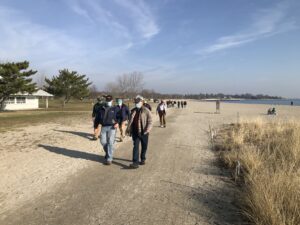

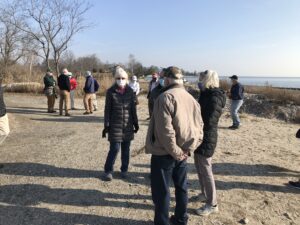


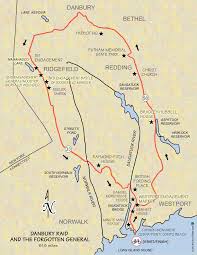

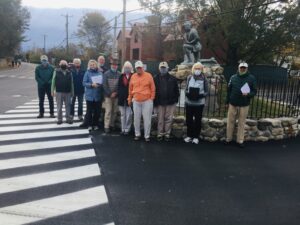

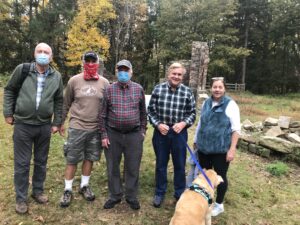

 Professor Robert Thorson spoke about a subject he has studied and written about for many years, the stone walls of New England. Gary Banks found his book, “Stone by Stone,” on the Amazon website, and the notes accompanying it are reproduced below since they cover the essence of the talk given to us by Thor:
Professor Robert Thorson spoke about a subject he has studied and written about for many years, the stone walls of New England. Gary Banks found his book, “Stone by Stone,” on the Amazon website, and the notes accompanying it are reproduced below since they cover the essence of the talk given to us by Thor: